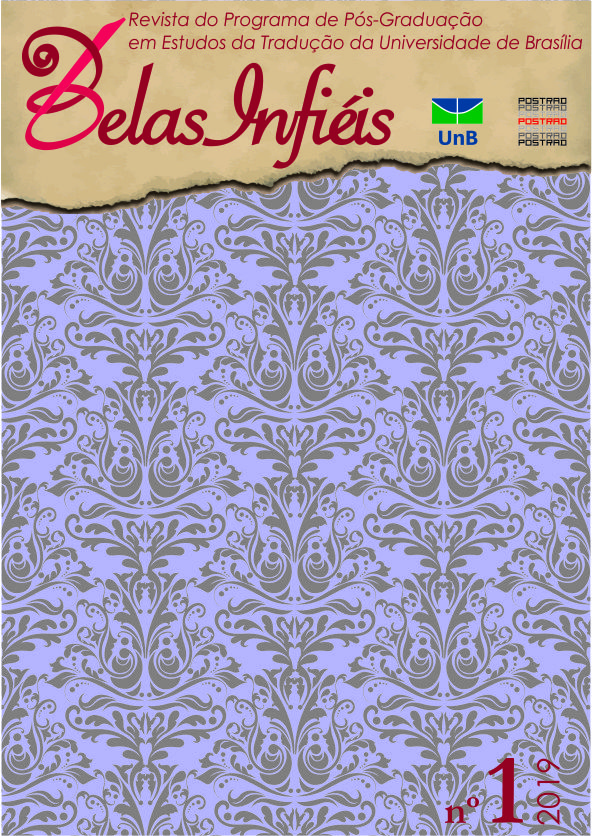Tactics Signed Language Interpreters Use when Facing Lexical Gaps: a Case Study
DOI:
https://doi.org/10.26512/belasinfieis.v8.n1.2019.22150Keywords:
French Sign Language, Lexical gap, Interpreting, TacticsAbstract
French Sign Language has a far smaller specialised lexicon than French, which poses regular problems to interpreters working between the two. Four management control sessions attended by a deaf student and interpreted for him by four professional interpreters were recorded, and the interpreters’ tactics when encountering the problems of missing signs in French Sign Language (‘lexical gaps’) were identified, counted and analyzed. Lexical gaps were found to be numerous in the corpus. The tactics often used elements of French spoken language, in contradiction with a strong sociolinguistic norm in the French deaf community. This can be explained by the interpreters’ wish to cater to the needs of the deaf student, who needed to know the French terms when taking exams, and is in line with skopos theory.
Key words: French Sign Language, lexical gap, interpreting, tactics.
Downloads
Downloads
Published
How to Cite
Issue
Section
License
Given the public access to this journal, the texts are free to use but requires the recognition of the original authorship and initial publication in this journal to be properly stated.
 The journal allows the use of works published for non-commercial purposes, including the right to submit the work to publicly accessible databases. Published contributions are the sole and exclusive responsibility of the author(s).Â



















